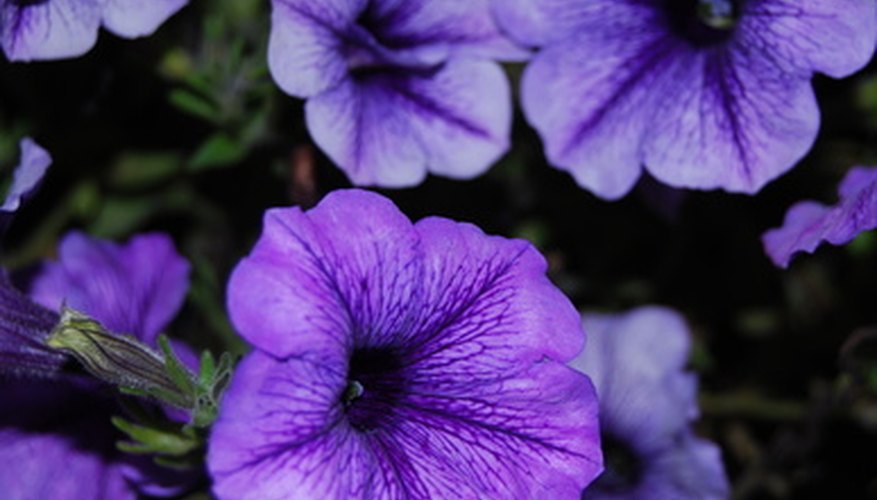Calibrachoa, a relative of the petunia, is usually propagated by vegetative cuttings. For those who want to experiment with this method the technique is fairly simple. Many plants can be started from one plant at the end of summer, and may be ready for planting in spring.

Moisten loose potting soil using plant mister. Soil should be lightly damp but not soggy or saturated.
Set potting cells on watering tray, such as a rimmed cookie tin.
Using a sharp, sterile knife or razor blade cut 3- 5-inch cuttings from the parent plant, enough to fill the available potting cells.
- Calibrachoa, a relative of the petunia, is usually propagated by vegetative cuttings.
- Using a sharp, sterile knife or razor blade cut 3- 5-inch cuttings from the parent plant, enough to fill the available potting cells.
Remove bottom third of leaves from cuttings.
Dip lower end of cuttings in rooting hormone if you want to give them an extra growing boost.
- Remove bottom third of leaves from cuttings.
- Dip lower end of cuttings in rooting hormone if you want to give them an extra growing boost.
Insert bottom end of each cutting into a potting cell.
Mist cuttings lightly with plant mister, and cover with lid or tent.
Place watering tray holding potting cells covered with lid on the bottom heat source in bright indirect light. A north-facing window is a good choice. Bottom heat sources can be rubberised heating pads for gardeners, similar to pads for reptiles, or something as simple as a thickly padded radiator. The temperature should range from 15.6 to 23.9 degrees Celsius.
Mist lightly every six to eight days, and add water to water tray on the same schedule. Never allow soil to become more than damp. Remove any cuttings that die or show signs of mildew.
TIP
Rooting hormone is optional for calibrachoa: the plant roots very well without it. However, for beginners the extra boost may help. Once rooted the new plants can be transferred to larger pots or, if spring is well advanced, they can be planted out in gardens.
WARNING
Too much moisture and heat are the biggest threats to plant cuttings. Temperatures should be in the mid-70s, and plants should be watered and misted only once a week or less under most circumstances. Do not fertilise: fertilisation prior to rooting does no good and can damage plant cells. Beware of direct sunlight, which can burn young plants and also create a cycle of evaporation and condensation within the lid or tenting which promote mildew and rot.
